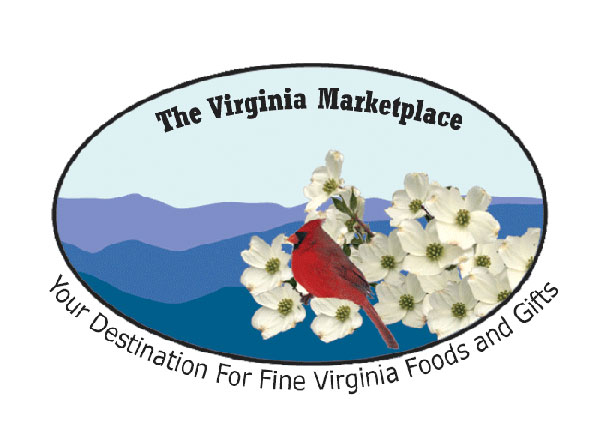 |
| James Madison |
Just about 30 minutes from Charlottesville, Montpelier is the lifelong home of James Madison, Father of the Constitution, architect of the Bill of Rights, and 4th president of the United States. Nestled in the rolling foothills of the Blue Ridge Mountains, Montpelier is located in the heart of Virginia's wine country on Route 20, four miles south of Orange, Virginia. It was here at Montpelier where James Madison first imagined the Constitution, spending six months in his upstairs library researching governments, organizing his thoughts into what he believed were the ideal principles for a representative democracy. Madison’s ideas would become the “Virginia Plan,” and later the framework for the Constitution.
Now that the home's architectural restoration is complete, visitors can see the progress of rediscovering James and Dolley Madison through the "Presidential Detective Story" with guided house tours, as well as a myriad of special "behind the scenes" experiences. You can also stroll the garden and forest and take in the galleries, hands-on activities, and many other attractions on the estate's 2,650 acres. Montpelier is a National Trust for Historic Preservation site administered by The Montpelier Foundation.
Not far from Montpelier, the James Madison Museum is located in Orange, Virginia. There are display exhibits that allow the guest to discover the life and works of James Madison, his first cousin Zachary Taylor, and friend James Monroe. They have the original documents of Virginia's ratification of the United States Constitution, Madison's campeachy chair, one of Dolley Madison's large oval mirrors, the lovely carved pipe Zachary Taylor gave his wife, a punch bowl owned by James Monroe featuring hand-painted portraits of his daughters and wife, and numerous other artifacts. There is also a wing with a Model T, a 1733 cube house, numerous farming implements and vehicle and an exhibit for the forgotten African-American heroes of our founding history.
Orange County celebrated the 262nd birthday of the Father of the Constitution on the grounds of his lifelong home today. Admission was free all day. Birthday acknowledgements included a wreath-laying ceremony in the Madison family cemetery by the U.S. Marines by order of President Obama. Re-enactors portraying James and Dolley Madison were present. If you missed it this year, plan ahead for next year.
